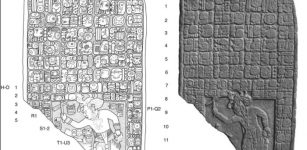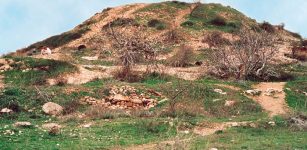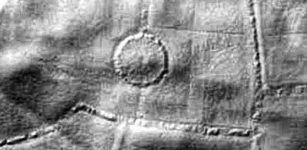Evidence Of 10,000 Years Of Violent Conflict Among The Hunter-Gatherer Societies In The Atacama Desert
Jan Bartek - AncientPages.com - Interpersonal violence was a consistent part of life in ancient hunter-gatherer communities on the Atacama Desert coast of northern Chile, according to a new study.
Archaeological research supports the notion that interpersonal violence and warfare have played an important role in the lives of hunter-gatherer groups over time, but many questions remain about the factors that influence such violence. The record of human populations in northern Chile extends across 10,000 years, providing a valuable opportunity to study patterns in violence over time.
Motifs in rock art and geoglyphs from the Formative Period (a-c) and Late Intermediate Period (d-j). Photograph (a) and (d) by Nick Charlesworth; (e) photogrammetry by Marta Crespo. Credit: Standen et al., 2023, PLOS ONE, CC-BY 4.0
In this study, Vivien Standen of the University of Tarapacá, Chile, and colleagues examined signs of violent trauma on the remains of 288 adult individuals from funerary sites across the Atacama Desert coast, dating from 10,000 years ago to 1450 AD.
The researchers also analyzed weaponry patterns and artistic depictions of combat during this time. They found that rates of violence were surprisingly static over time, though there was a notable increase in lethal violence during the Formative Period starting around 1000 BC, a trend also found in similar studies of the Andean region. Data from strontium isotopes indicate that this interpersonal violence was occurring between local groups, not between local and foreign populations.
See also: More Archaeology News
These results indicate that violence was a consistent part of the lives of these ancient populations for many millennia. The absence of a centralized political system during this time might have been a factor leading to the consistency of violent tensions in the region. It’s also possible that violence was the result of competition for resources in the extreme environment of the desert, a factor which might have become exacerbated as farming became more prominent and widespread.
The authors add: “Despite all the technological advances, humanity has not learned to resolve its conflicts in a different way than our millenary ancestors, in peace and without war.”
The study was published in the journal PLOS One
Written by Jan Bartek – AncientPages.com Staff





















